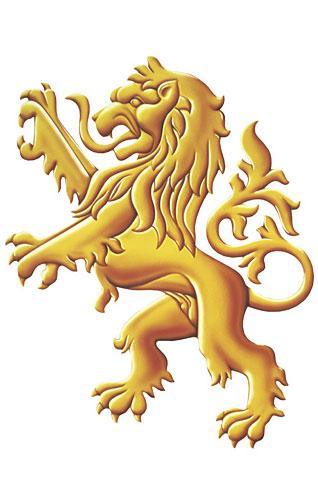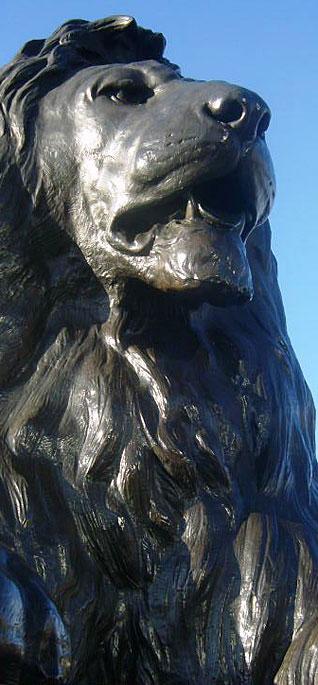1984
1984 & I:
Ever Strong & Ready
by RUBIN PAUL SINGH
This year, 2009, marks the 25th Anniversary of 1984, when horrendous crimes were committed against the Sikhs in the very land of their origin. To commemorate this sad milestone, we at sikhchic.com have asked our regular columnists, as well as our contributors and readers, to share with us the impact 1984 has had on their lives. We have requested personal stories and anecdotes, as well as an attempt to capture their inner thoughts and deepest ruminations on what 1984 means to each one of them and their loved ones - without going into a litany of facts and figures or a listing of the injustices to date, all of which will invariably be covered with due diligence elsewhere. We intend to present these personal perspectives to you throughout the twelve months of 2009. The following is the fourteenth in the series entitled "1984 & I".
I remember a time when having a T-shirt with a Khanda on it was a novelty. I used to wait all year until the Sikh Day Parade or camp to get the latest design.
Now the options are plenty.
Recently, I was T-shirt shopping on-line for my toddler, and I was impressed with the creative designs in bright colors with words like "Kaur" and "Punjaban" beautifully scripted.
But, that day I was looking for something different ... something "panthic." I wanted a T-shirt that would connect my daughter with recent Sikh history and the struggles we as a community have overcome.
But as I entered the "panthic" section, narrowly labeled "1984," it was as though a grey cloud had cast over my monitor. There was a complete change in style and design. Instead of the colourful images with decorative script, I instead saw images of our beloved shaheeds in a backdrop of fire, or the number "1984" dripping in blood, or the word "Khalistan" in between two AK-47s with bullet-holes all around it.
I thought to myself, "What happened?"
Truth is - I do understand the sentiment behind the designs. I take great inspiration from the events and personalities of the Sikh struggle, regardless of how it is expressed. I probably have several "blood-and-fire" T-shirts in my closet right now.
So maybe I'm just getting older, or maybe I was just having a reflective moment while finding an appropriate T-shirt for a two-year-old ... or perhaps this is telling of a much larger issue ... bigger than just T-shirts.
In 25 years, our portrayal of 1984 has not evolved.
Of course, the events of 1984 were both horrific and tragic. Over the last 25 years, we've expressed anger, frustration and sadness - and all of this is necessary. It's essential we share our pain and commiserate as a community in order for us to heal.
Human rights institutions also need to do their share by documenting the graphic realities in order to expose the truth and pursue justice.
But, for us as a community to move forward, we must shift our paradigm and find a more positive and inspiring way to present our recent history.
If not, we will simply continue "preaching to the choir" while the rest roll their eyes. And in the end, the majority of our youth will remain unaware and apathetic about our struggle.
This may seem contradictory to the message in my previous article 1984 & I: Forget? Never!, but there is a subtle difference.
There is one segment of our community who refuse to acknowledge the "blood-and-fire" of 1984, while the other segment of our community cannot seem to look beyond it. Either extreme is unlikely to change its mind.
But if we intend to unite our community on this issue, especially amongst the youth, we must market to those who sit in the middle - the indifferent. They are the ones who make up the majority and can make a difference in what direction this movement moves. I am convinced that this must be done through positive and inspirational messaging.
Creating an inspiring message around 1984 is not hard to do. When I tell my children saakhis of recent history, we talk about the bravery of the Sikh soldiers who held the might of the Indian army for four days in the Battle of Amritsar. We discuss the spiritual revolution that took place shortly thereafter as masses of Sikhs took Amrit, and joined the path of the Guru.
And most of all, we reflect on all the current-day activists who have been inspired by the "Heroes of 1984" and have channelled their energy into great contributions to the panth, and to the world.
One of my favourite quotations is from a classic movie, Lion of the Desert - Omar Mukhtar, about the Libyan resistance movement against the Italians in the early 1900's.
After a war scene, Mukhtar returns to the village and informs one of the women that her husband was killed in battle. He then says to the grieving widow holding her infant son:
"Do not let him see you crying too much; one day they will carry on the fight. Children should remember us as strong and confident ... never broken."
This concept is not new to us; we call it Chardi Kalaa.
Perhaps we can use this idea to shape our perspectives and portrayal of 1984 - whether it is through art, poetry, music ... or T-shirts.
March 25, 2009
Conversation about this article
1: Amardeep (U.S.A.), March 26, 2009, 1:31 PM.
Good thought and I agree. We need to try to remember the lessons and focus on bringing the positive projects out of this part of history. Isn't it that when things really got bad, that Guru Nanak appeared on the scene? Now, with the dire situation in India, it is time for us to emulate our Gurus and be one with them!




